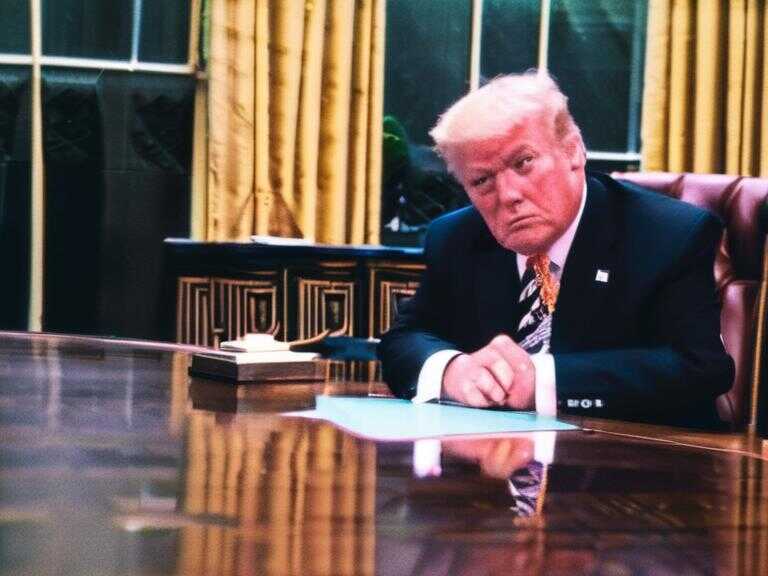
Trump's Trade War: Can US Manufacturing Truly Return?
The US economy is not prepared for a rapid shift back to manufacturing, despite Trump's trade war policies.

President Trump's trade war has led to broad tariffs on major trade partners, causing the stock market to plummet and sparking controversy over its impact on the domestic economy. Despite claims that it will encourage companies to bring manufacturing back to the U.S.
the reality is more complex. Data from the Bureau of Labor Statistics reveals a significant shift in the U.S. workforce, with a decline in manufacturing and an increase in service jobs such as software, finance, and healthcare. In the 1970s, 1 in 5 U.S. workers were employed in manufacturing, whereas today that number has dropped to 1 in 12.
Challenges to a Return to Manufacturing
Experts warn that a focus on domestic goods production could result in higher costs for consumers and hinder the technological advancements that have positioned the U.S. at the forefront of the knowledge economy. The transition to increased manufacturing capabilities would take years and require substantial investments in infrastructure and workforce development.
As the trade war with major trade partners continues to unfold, stakeholders must carefully consider the long-term implications for the U.S. economy, weighing the potential benefits of increased domestic manufacturing against the realities of a labor market that has evolved away from traditional industrial roles.
Share news















